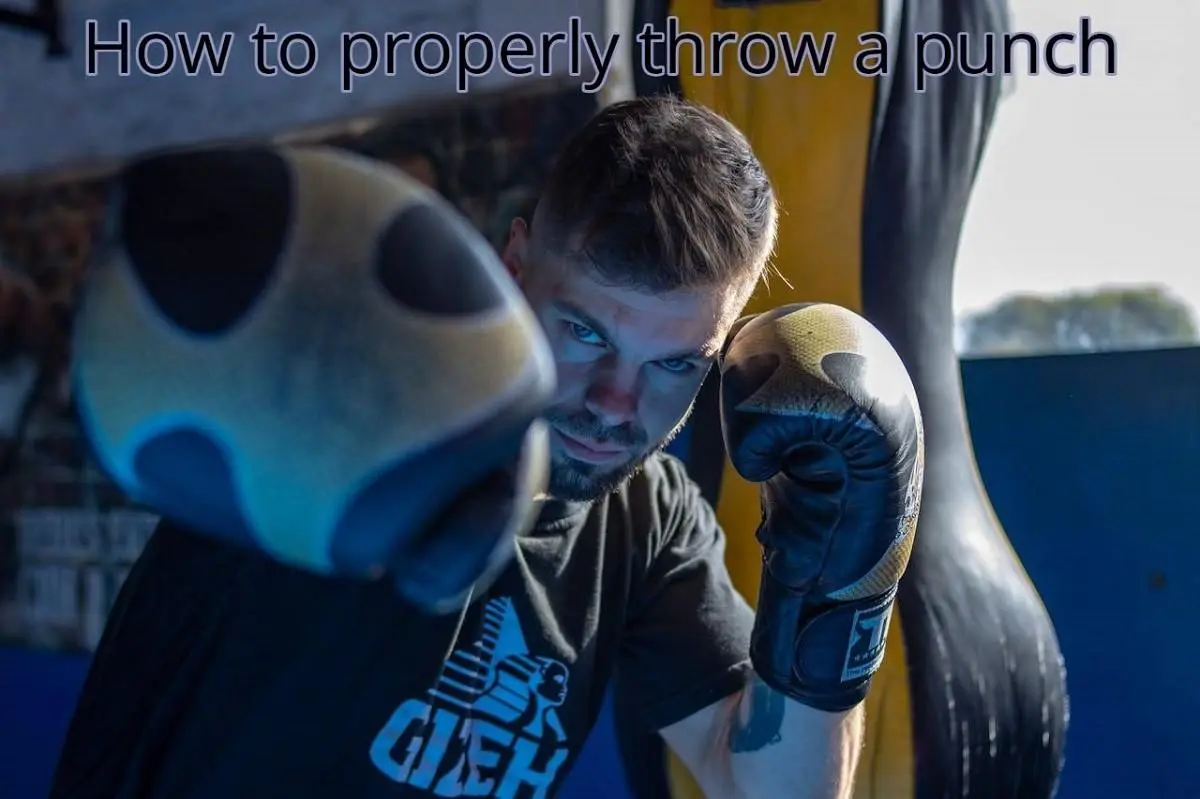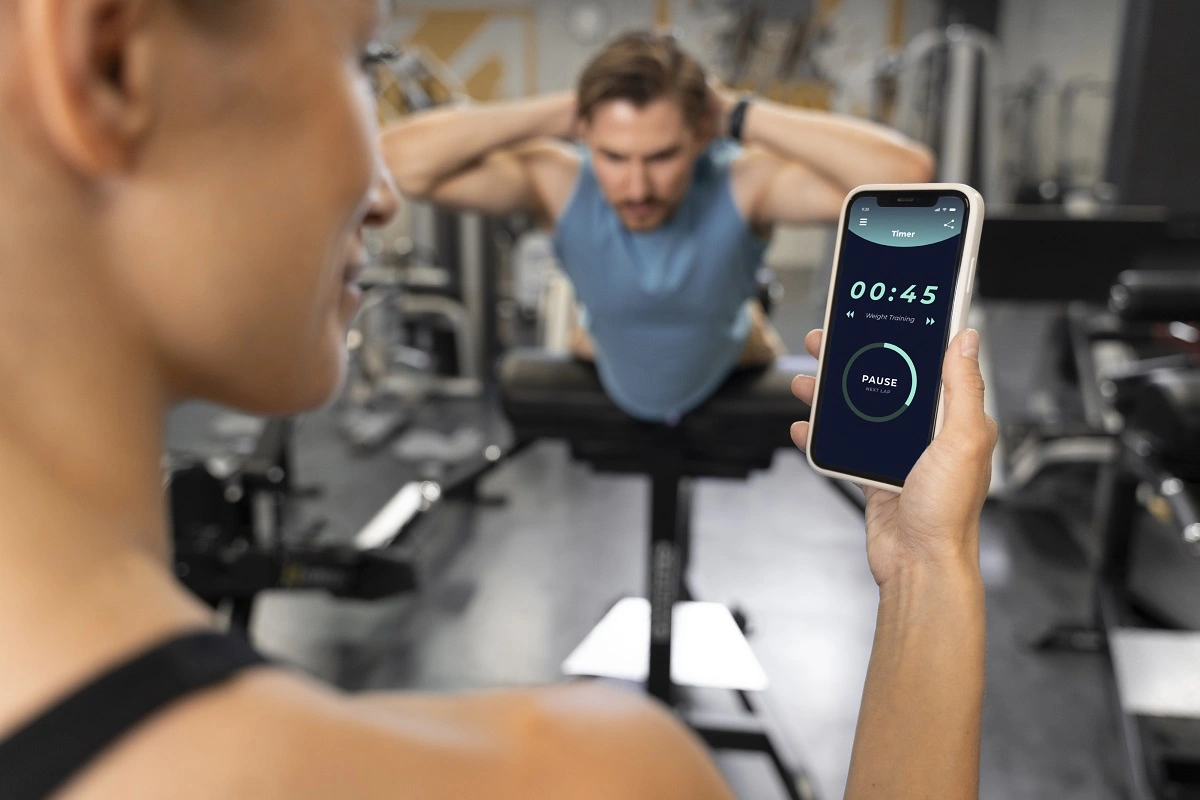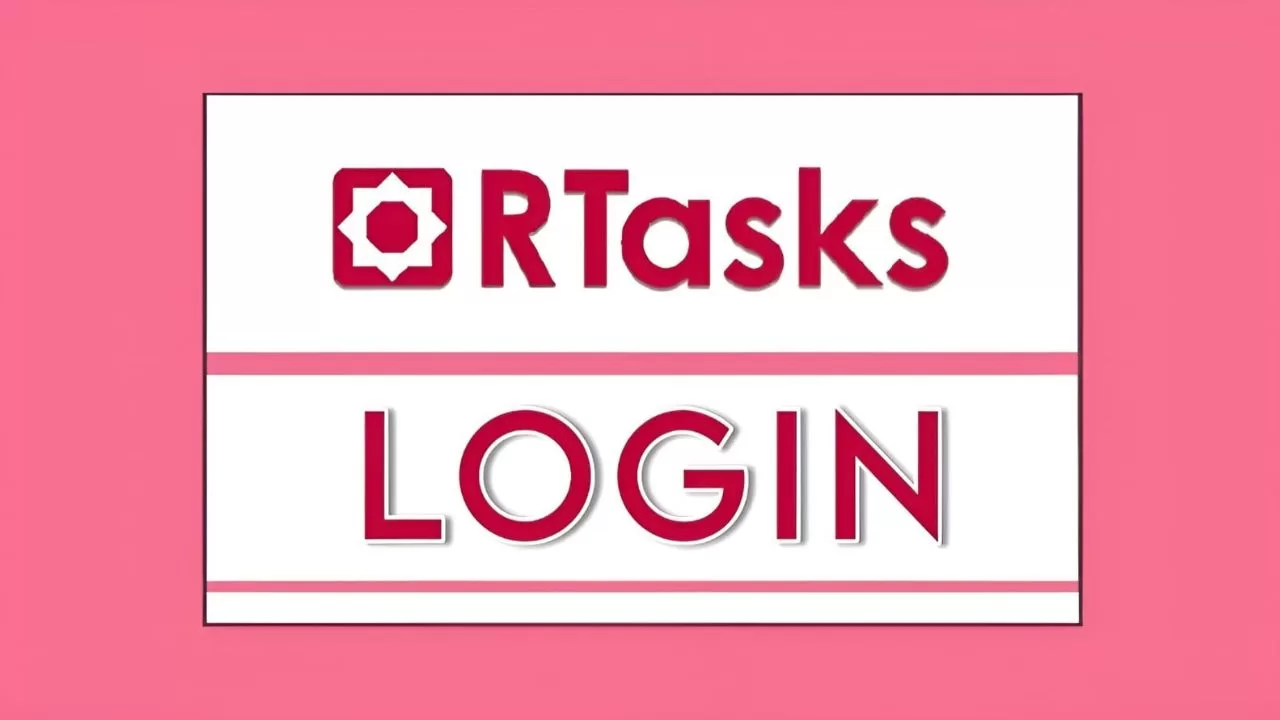How to Throw a Punch? It’s about more than just swinging your fist. Throwing a punch properly is a coordinated movement; it takes balance, timing and it takes technique. Whether you are studying self-defense, boxing, martial arts, or fitness, knowing how a good throw of punches can be a major difference. Done improperly, you’ll hurt yourself. Done correctly, it’s a useful capacity.
Following this article you will learn how to punch efficiently, safely and confidently step by step.
The Importance of Proper Punching Technique
Good punching technique is essential not just in order to give power but also to safeguard your hands, wrists, and arms. If you punch incorrectly, you risk spraining, bruising or even possibly breaking a knuckle, as well as a shoulder injury. Mastering the right technique gives you power, speed, and endurance, and it keeps you safe and efficient in training or on the job.
Step-by-Step Guide: How to Throw a Punch Correctly?
1. Get into the Proper Stance
Start with your feet shoulder-width apart. Place your dominant foot slightly behind the other. Bend your knees slightly and stay on the balls of your feet. This stance keeps you balanced and ready to move.
2. Keep Your Guard Up
Your fists should be held up near your chin. Your elbows should be close to your ribs to protect your body. This guard position protects you from counterattacks.
3. Make a Proper Fist
Curl your fingers inward tightly and lock your thumb over your index and middle fingers not inside the fist. This forms a solid striking surface and prevents injuries.
4. Focus on the Target
Keep your eyes on your target. Whether it’s a punching bag, pad, or opponent, focusing helps with accuracy and timing.
5. Rotate Your Body
Punching power comes from your whole body, especially your hips and core. As you punch, rotate your hips and pivot your rear foot to transfer energy through your arm.
6. Extend and Snap
Throw the punch straight, keeping your elbow close to your body until the last moment. Just before contact, snap your fist forward and rotate your palm down.
7. Retract Quickly
After landing the punch, pull your arm back to your guard position immediately. This prevents counterpunches and prepares you for the next move.
Different Types of Punches
- Jab
A quick, straight punch thrown with your lead hand. Used to keep distance and set up combinations. It’s fast but not very powerful.
- Cross
A powerful straight punch from your rear hand. It crosses over your body and relies on hip and shoulder rotation to generate force.
- Hook
A semi-circular punch thrown with either hand. It targets the side of the head or body and is effective at close range.
- Uppercut
An upward punch that comes from beneath. It targets the opponent’s chin and is best used when you’re close to your target.
- Overhand Punch
A looping punch thrown from above the shoulder level. It’s effective for surprising an opponent who has a tight guard.
Common Mistakes to Avoid When Throwing a Punch
- Punching Only with Your Arm: Real power comes from your legs, hips, and core, not just your arm.
- Dropping Your Guard: Always keep your non-punching hand up to protect your face.
- Poor Fist Formation: A loose or incorrect fist can cause knuckle or wrist injuries.
- Overextending Your Arm: Can result in shoulder strain or elbow hyperextension.
- Telegraphing Your Punch: Avoid obvious movements that warn your opponent of an incoming punch.
How to Practice Throwing Punches at Home?
You don’t need expensive equipment to learn how to punch. Here are some effective drills:
1- Shadowboxing
Practice your punches in front of a mirror to improve form and movement. Focus on accuracy, speed, and staying balanced.
2- Wall Punching (with Cushioning)
Gently punch a pillow or soft pad on a wall to get the feel of contact without hurting your hands.
3- Footwork Drills
Punching starts with good movement. Practice stepping forward, backward, and sideways while staying in your stance.
4- Hand Strengthening Exercises
Use resistance bands, light dumbbells, or wrist curls to build wrist and forearm strength.
5- Core Workouts
Strong abs and obliques are essential for generating punch power. Include planks, Russian twists, and leg raises in your routine.
Safety Tips for Beginners
- Warm Up First: Always warm up your joints and muscles before practicing.
- Use Hand Wraps: If hitting a bag or pads, protect your wrists and knuckles with wraps.
- Wear Proper Gloves: Boxing gloves reduce impact and prevent injuries.
- Stay Relaxed: Tension slows your punches. Stay loose until the moment of impact.
- Don’t Overtrain: Rest days are essential for recovery and preventing overuse injuries.
Why You Should Learn How to Punch
Not only is training in the art of punching beneficial to you for the sake of self-defense, but also for your physical and mental well being. It works on your upper body, improves reflexes and boosts confidence. It’s also a great stress reliever. Whether you’re training for sports or self-improvement mastering the punch is an all-powerful step forward.
Conclusion
How to Throw a Punch or Hitting a punch properly is about more than just brute strength; It’s a combination of techniques, timing, and full body coordination. The key is proper form, regular practice, and safety awareness. Punching with power, accuracy and control can be learned by anyone. Whether you are a complete novice or are simply brushing up on your technique this guide will assist you in laying the groundwork for effective and safe punching.
FAQs
Q1: How can I punch harder?
To punch harder, focus on using your whole body, especially your hips and core. Practice rotation, foot pivot, and engage in strength training for better results.
Q2: Can I learn to punch without a trainer?
Yes, many people learn punching techniques at home using online tutorials, mirrors, and shadowboxing. However, a trainer can help correct form faster.
Q3: How do I avoid hurting my wrist when punching?
Always keep your wrist straight, wrap your hands properly, and make contact with your first two knuckles. Strengthening your wrists also helps.




